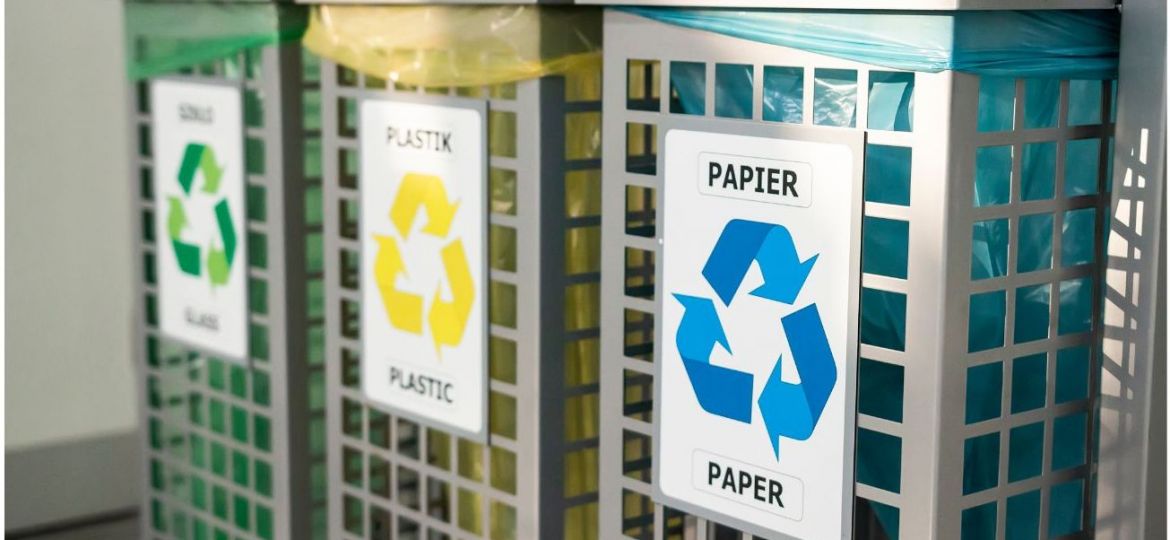
In a world facing growing environmental challenges, waste management has become a major concern for governments, businesses, and citizens alike. In response to this reality, digitization emerges as a powerful tool to revolutionize how we handle our waste. Indeed, thanks to technological advances, it is now possible to make the waste sorting process more efficient, accurate, and environmentally friendly.
Challenges of traditional waste sorting
Before exploring the benefits of digitizing waste sorting, it is essential to understand the challenges we face with traditional waste management methods. Manual sorting is time-consuming and requires significant manpower, which can increase costs and limit the scalability of the system. Additionally, existing automated sorting systems may not be precise enough to distinguish between similar materials, such as different types of plastics, making recycling less efficient and cost-effective. Furthermore, existing sorting infrastructures may be outdated and require significant investments to be modernized and improved to meet environmental standards and increasing recycling requirements.
technological revolution in waste sorting: innovative solutions and their benefits
Digitization of waste sorting relies on a variety of innovative solutions that use technological advances to automate and optimize the sorting process.
Among these solutions are the use of IoT (Internet of Things) sensors integrated into collection containers to monitor real-time filling levels and optimize collection routes, thus reducing costs and carbon emissions associated with waste transportation.
Additionally, artificial intelligence (AI) and computer vision are widely used to analyze waste images and automatically identify different materials, allowing for more precise and faster sorting.
Robotics is also a promising solution, with robots equipped with mechanical arms and vision systems that can be used to sort waste automatically in processing centers, thereby improving the overall efficiency of the sorting process.
By combining these different technologies, digitization of waste sorting offers significant potential to transform how we manage our waste, making the process more efficient, precise, and environmentally friendly.
the future of waste sorting
Despite its many advantages, the digitization of waste sorting is not without its challenges. These include the high initial cost of cutting-edge technologies, which may be prohibitive for many businesses and local authorities. Additionally, the implementation of these technologies often requires significant investments in infrastructure and technical skills, which can be a barrier to their widespread adoption. Complex regulations and quality standards for recycled materials may also pose challenges by imposing strict requirements on automated sorting systems to ensure compliance.
However, with growing awareness of the urgency of the environmental crisis and the potential benefits of digitization, more and more companies, governments, and non-profit organizations are investing in these innovative solutions.
In conclusion, the digitization of waste sorting represents a significant opportunity to transform how we manage waste, making the process more efficient, precise, and sustainable. By harnessing technological advances and promoting collaboration between public and private stakeholders, we can create a future where waste sorting becomes not only an obligation but also an opportunity to promote a circular economy and a healthier environment for future generations.
